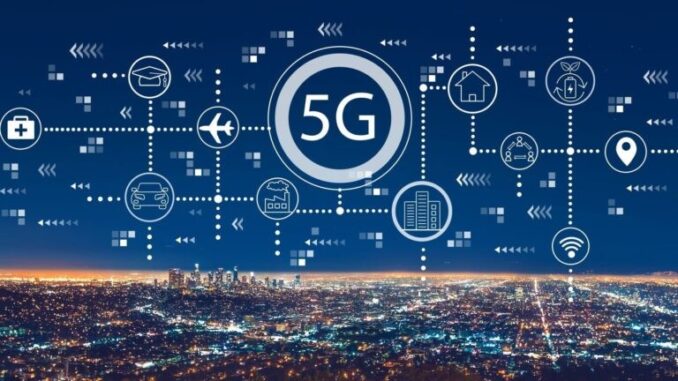
5G network design involves a comprehensive framework that prioritizes speed, capacity, efficiency, and flexibility while addressing the demands of diverse
use cases like enhanced mobile broadband (eMBB), ultra-reliable low-latency communications (URLLC), and massive machine-type communications (mMTC). Here are the core elements involved in 5G network design:









### 1. **Network Architecture**
– **Radio Access Network (RAN):**
– **gNodeB (gNB):** The base station for 5G communication that interfaces with user equipment (UE).
– **New Radio (NR):** The radio technology underpinning 5G, which introduces new frequency bands and advanced transmission techniques.
– **Core Network (5GC):**
– **Service-Based Architecture (SBA):** A flexible architecture that utilizes service-oriented principles for network function integration.
– **Key Functions:** Includes Access and Mobility Management Function (AMF), Session Management Function (SMF), User Plane Function (UPF), and Network Repository Function (NRF).
### 2. **Frequency Spectrum Management**
– **Utilization of Diverse Frequency Bands:**
– **Low-band (Sub-1 GHz):** Good for broad coverage (e.g., rural areas).
– **Mid-band (1-6 GHz):** Balances coverage and capacity, often used in urban environments.
– **High-band (mmWave):** Provides extremely high capacity and speed, ideal for dense urban environments but with a limited range.
### 3. **Advanced Transmission Technologies**
– **Massive MIMO (Multiple Input Multiple Output):** Uses a large number of antennas at the base station to enhance capacity and efficiency.
– **Beamforming:** Directs signals to specific users rather than broadcasting in all directions, improving signal strength and reducing interference.
### 4. **Network Slicing**
– **Virtualization:** Allows for the creation of multiple virtual networks on a single physical infrastructure tailored to specific services or customer requirements (e.g., one slice for IoT, another for high-bandwidth video streaming).
### 5. **Edge Computing**
– **Network Edge Processing:** Involves placing processing power closer to the user to reduce latency and improve response times, essential for applications like autonomous driving and real-time cloud gaming.
### 6. **Quality of Service (QoS) Management**
– **Differentiated Services:** 5G can manage and prioritize various types of traffic to meet different QoS requirements based on the application and user needs.
### 7. **Security Considerations**
– **Enhanced Security Protocols:** 5G networks incorporate advanced security measures, including stronger encryption methods and improved authentication mechanisms (e.g., 5G-AKA).
– **Network Resilience:** Design considerations to resist cyber threats and ensure service continuity.
### 8. **Energy Efficiency and Sustainability**
– **Green Technologies:** Focus on reducing energy consumption in network operations through efficient design, hardware, and management practices.
### 9. **Interoperability and Integration with Legacy Systems**
– **Seamless Handover:** Ensuring that 5G networks can efficiently transition users from older generations (e.g., 4G) to 5G without service interruptions.
– **Vertical Integration:** Compatibility with existing infrastructure and the ability to connect with IoT and smart devices.
### 10. **Regulatory Compliance**
– **Adherence to Local and International Standards:** Ensuring that the network design complies with regulatory frameworks and international standards set by organizations like the International Telecommunication Union (ITU) and 3rd Generation Partnership Project (3GPP).
### Conclusion
Designing a 5G network is a complex and multi-faceted process that combines new technologies, regulatory considerations, and innovative approaches to address the challenges of modern communication needs. As 5G continues to evolve, ongoing research and development will further enhance the efficiencies and capabilities of these networks.


Leave a Reply